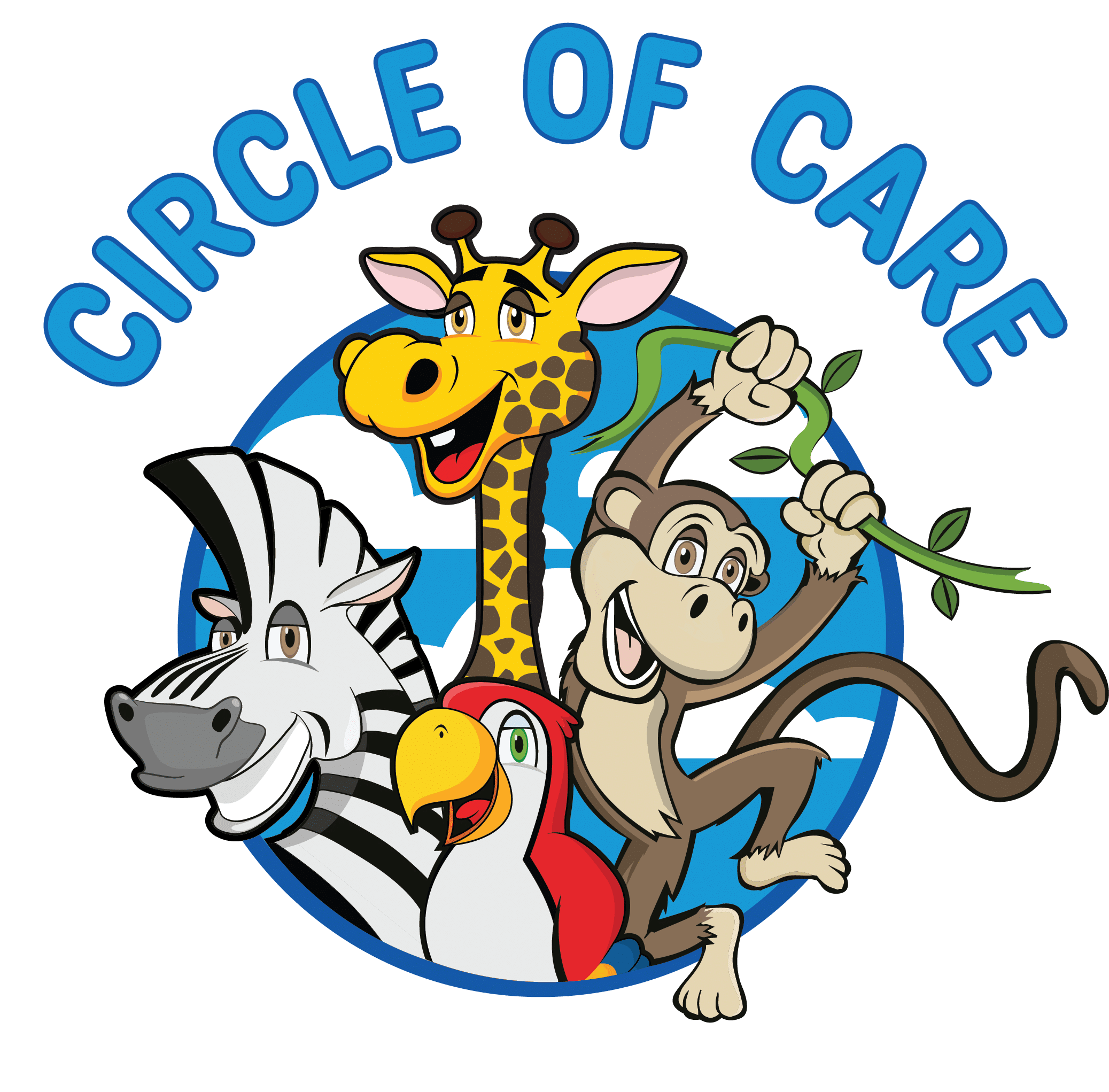Fine Motor Skills Development Timeline in Childhood

Author: Circle of Care
Every child’s journey is filled with milestones and achievements, and one of the most fascinating aspects is the development of motor skills. From the first tentative grasps to the remarkable precision of intricate tasks, these skills play a vital role in a child’s growth and independence. Understanding the fine motor skills development timeline can help parents understand their child’s progress in growth.
What are Fine Motor Skills in Child Development?
Fine motor skills refer to the coordination and control of small muscles in the hands and fingers, as well as the coordination between the hands and eyes. They are essential for performing tasks that require precision and dexterity, such as writing, drawing, buttoning clothes, using utensils, and manipulating small objects.
Fine Motor Skills Developmental Milestones
The timeline for a child’s development of fine motor skills provides a valuable roadmap for parents and caregivers, shedding light on the developmental milestones and expectations for a child’s early years. By understanding fine motor skills by age, adults can support and encourage children’s motor development through activities and play.
Infancy (0-12 months)
During the first year of life, infants begin their exploration of the world through their senses and physical interactions. Fine motor development in infants 0-12 involves the coordination of small muscles in the hands and fingers. At around 3 months, babies can briefly grasp objects placed in their hands, displaying reflexive movements. By 6 months, they develop the palmar grasp, using their whole hand to hold objects. At 8-9 months, the pincer grasp emerges, enabling them to pick up small objects between their thumb and index finger.
Toddlerhood (1-3 years)
As toddlers gain confidence in their mobility, they embark on a journey of greater independence and fine motor development. Around 12-15 months fine motor skills include a refined pincer grasp, improving their ability to manipulate small objects. By 18 months, they can stack blocks and turn pages in a book. Fine motor skills in 2 year olds involve increased control over their hand movements, allowing them to scribble with crayons and use utensils for self-feeding. As they approach their third birthday, toddlers can copy simple shapes and build towers with greater precision.
Preschool (3-5 years)
The preschool years mark a period of rapid refinement in fine motor skills, as children become more adept at manipulating objects with greater precision. At 3 years, they can hold a pencil with a tripod grasp and demonstrate more controlled hand-eye coordination. 4-year-old fine motor skills include the ability to draw basic shapes and cut along straight lines with scissors. As they near their fifth birthday, children exhibit improved hand strength and dexterity, allowing them to write their names and engage in activities that involve more intricate hand movements, such as stringing beads or completing puzzles.
School Age (6-12 years)
During the school-age years, fine motor skills continue to develop and become more refined. At this stage, children are expected to write legibly, tie shoelaces, and manipulate small objects with ease. By 6 years, they can form letters and numbers accurately, while by 9-10 years, their handwriting becomes more fluid and controlled. Fine motor precision is further honed through activities like playing musical instruments, creating intricate artwork, and engaging in sports that require hand-eye coordination.
Benefits of Occupational Therapy for Fine Motor Skills
Occupational therapy offers numerous benefits for fine motor skills development in children. Through tailored interventions and activities, pediatric occupational therapy helps children improve hand-eye coordination, finger strength, and precision.
Additional benefits of occupational therapy for fine motor skills include:
- Promotes the development of the tripod grasp, essential for proper pencil grip
- Provides tailored interventions and activities to improve hand-eye coordination, finger strength, and precision
- Targets specific muscles and movements involved in the pincer grasp
- Enhances fine motor precision related to drawing, self-feeding, and manipulating small objects
- Increases confidence and independence in performing fine motor tasks
- Supports the overall development of fine motor skills for academic and daily life activities
Fine Motor Skills Occupational Therapy at Circle of Care
At Circle of Care, we understand the importance of fine motor skills development in children and offer comprehensive occupational therapy services to help them reach their full potential. We provide evidence-based interventions that are tailored to each child’s individual needs, with a focus on functional outcomes. Contact us today to learn more about our occupational therapy services or to schedule an appointment.
Learn More About Our Pediatric Therapy Services at Circle of Care
